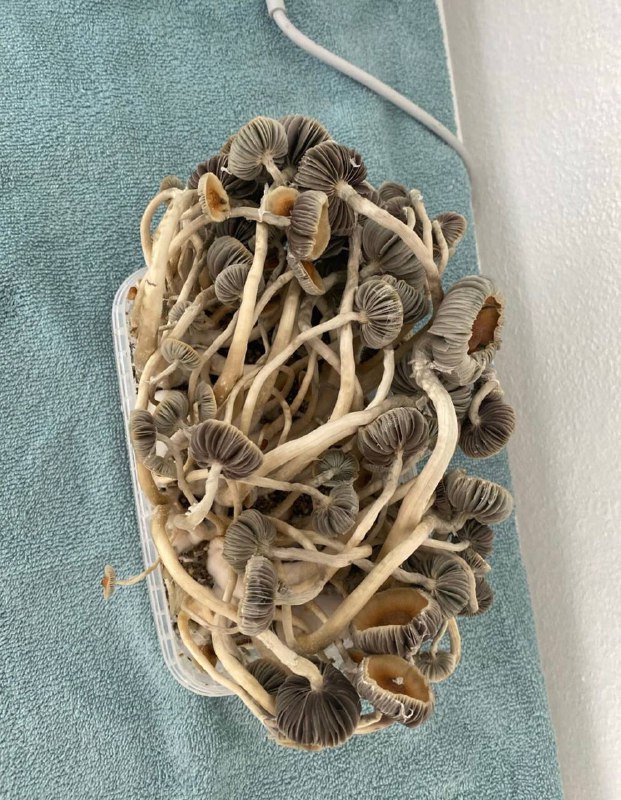best magic mushroom strains OR, Psilocybin mushrooms are fungi that naturally contain the hallucinogenic substance psilocybin. There are more than 180 different types of psilocybin-containing mushrooms that can produce psychedelic and hallucinatory effects when consumed. Body processes turn psilocybin into psilocin, which is the substance that actually causes the psychedelic effects. Baeocystin and norbaeocystin are two other compounds that are frequently present in trace amounts, while it is unknown how much they contribute to the total effects.
The commonest and most ubiquitous species found in Europe is certainly the little and potent liberty cap mushroom (Psilocybe semilanceata). Psilocybe cubensis is grown indoors, and there are other species that can be found in the wild.
Even though psilocybin is what causes the psychoactive effects of every type of “magic mushroom,” different psilocybin mushroom strains can have different kinds of psychedelic effects. Scientists are still investigating how these effects can differ in kind and potency over different strains.
How does the drug psilocybin function in the body and brain?
As psychedelic tryptamines, psilocybin and psilocin are structurally very close to the important chemical transmitter serotonin. Serotonin plays significant roles in regulating our moods, sleep patterns, and coping strategies for stress in our brains and digestive systems.
Psilocin molecules engage the same receptors in the brain that serotonin activates because of this closeness in molecular structure, particularly at a particular receptor site known as 5HT2A. This specific receptor governs a wide range of mental processes, including emotion, creativity, memory, and perception.
The cortex, the part of the brain linked with reasoning and rational thought, contains a sizable number of these 5HT2A receptors. learn more
These cells are also quite lengthy, covering a bigger area of the brain than most other cells, and as a result, they have a greater impact on brain activity.
These receptors are sat into by psilocin, which then activates them to provide the typical “trip” of a magic mushroom experience, which might involve adjustments to mood, imagination, and perception. Additionally, recent studies have demonstrated that psilocin has an impact on the Default Mode Network, a region of the brain (DMN).
Our DMNs resemble the major information highways in our brains. While we go about our regular lives, they serve as information consolidation centers, discreetly gathering data. They also enable mental “time travel,” which enables us to look back on the past and make plans. Magic Mushroom Store USA bring to you the best and affordable magic mushrooms strains
